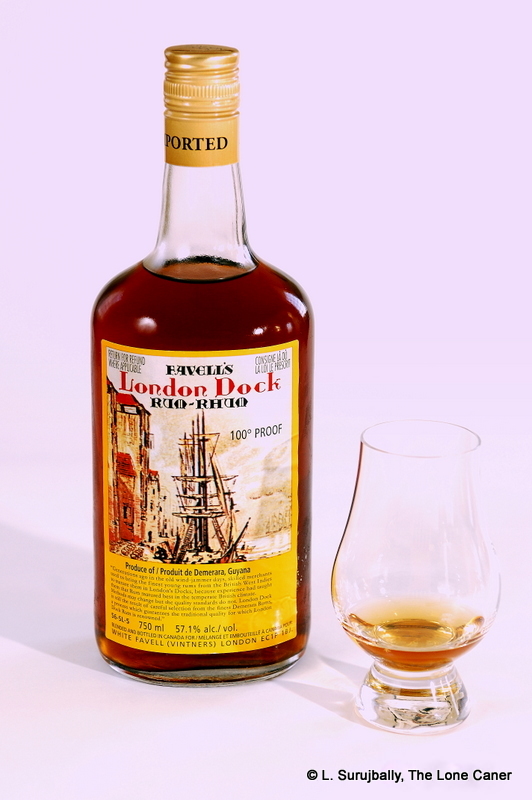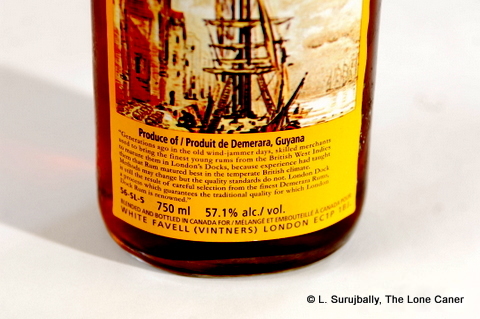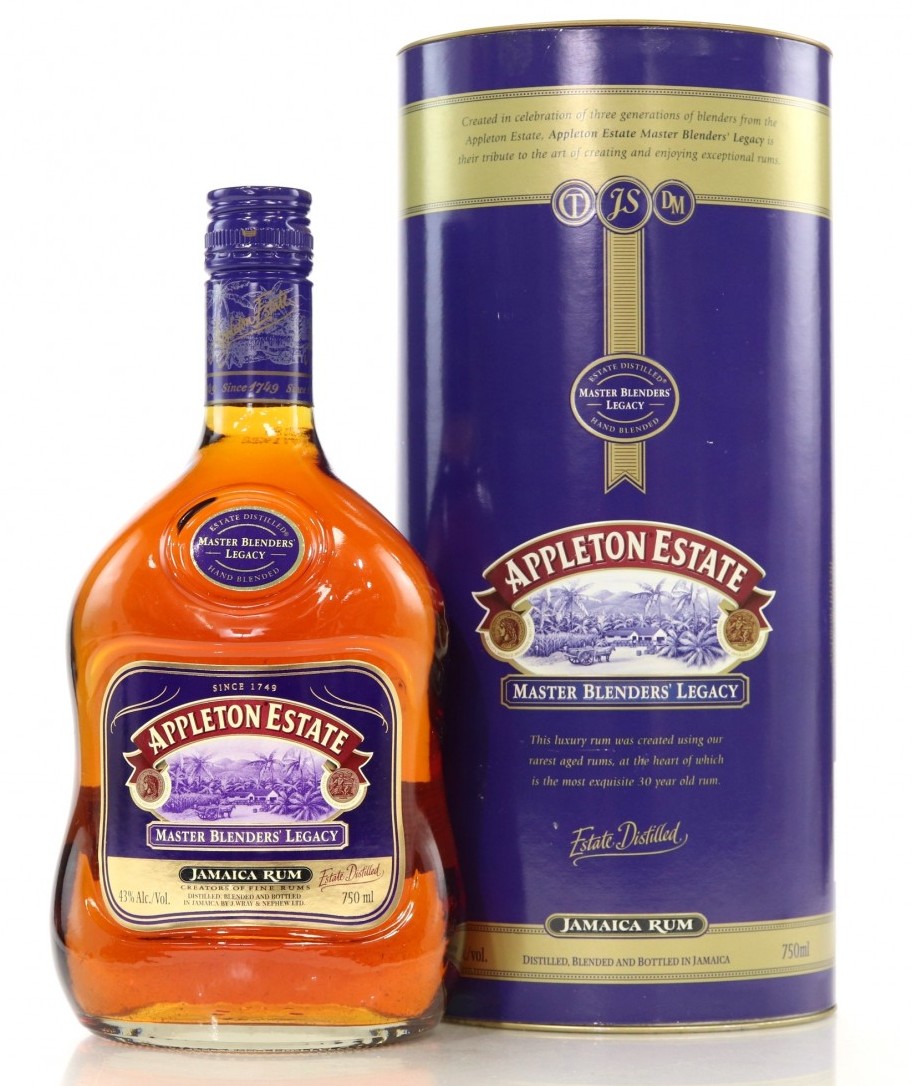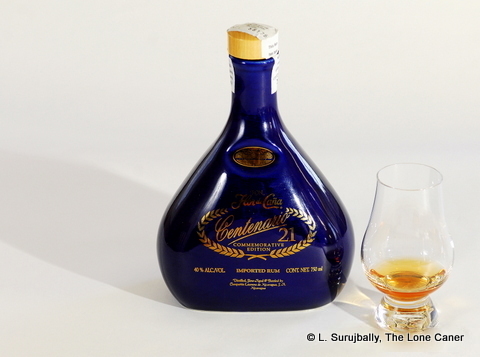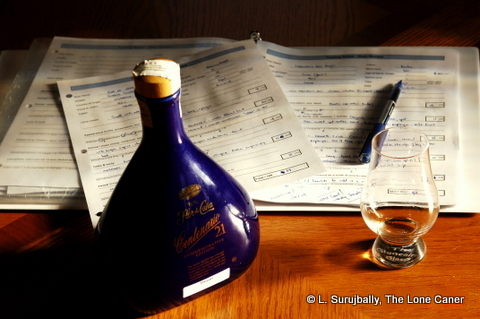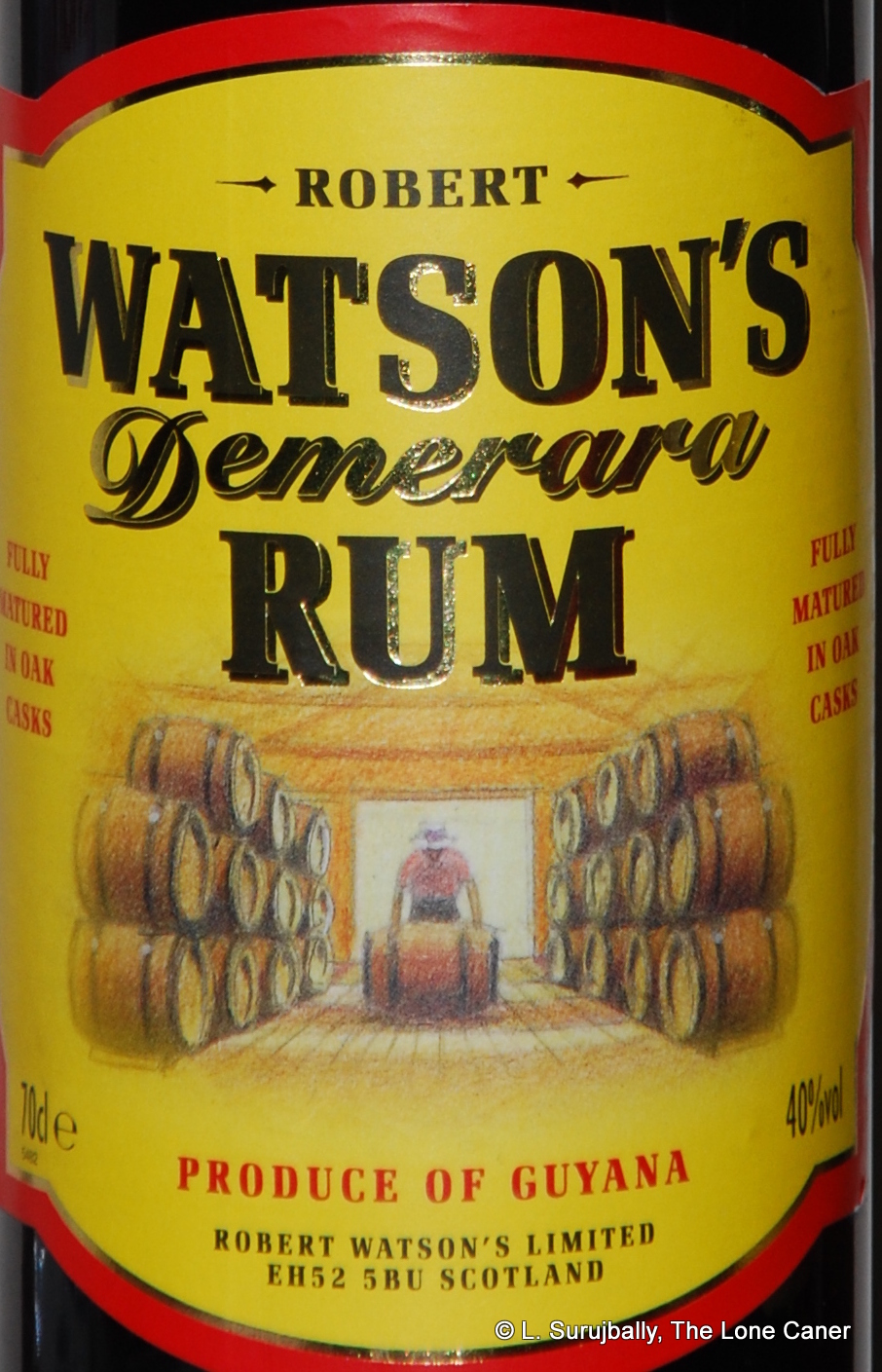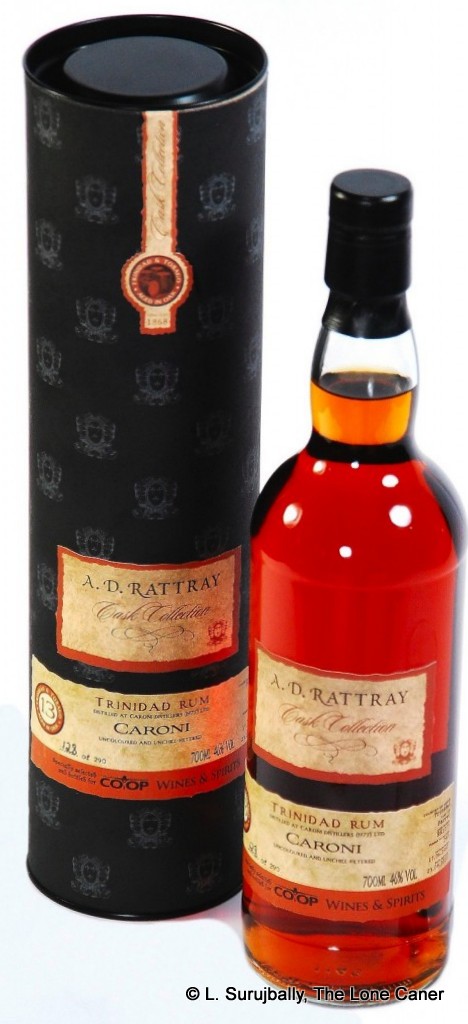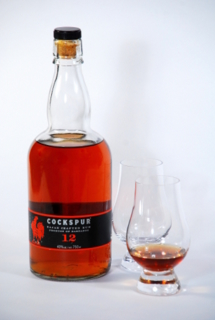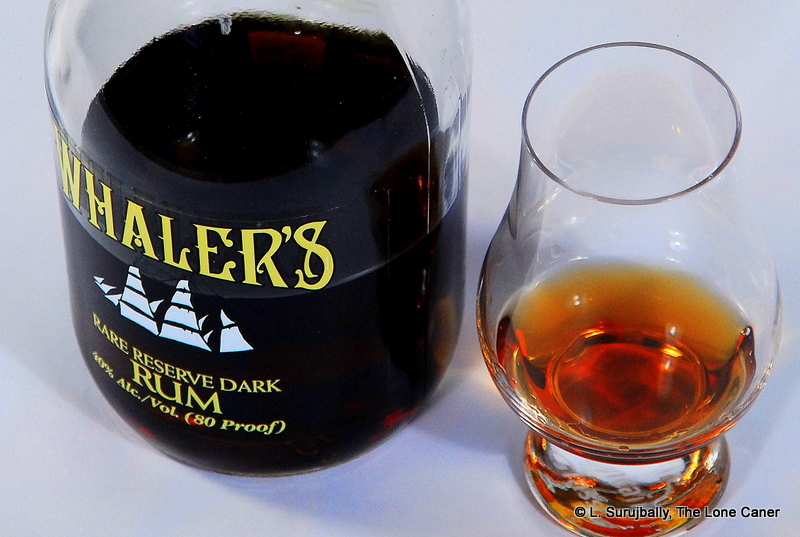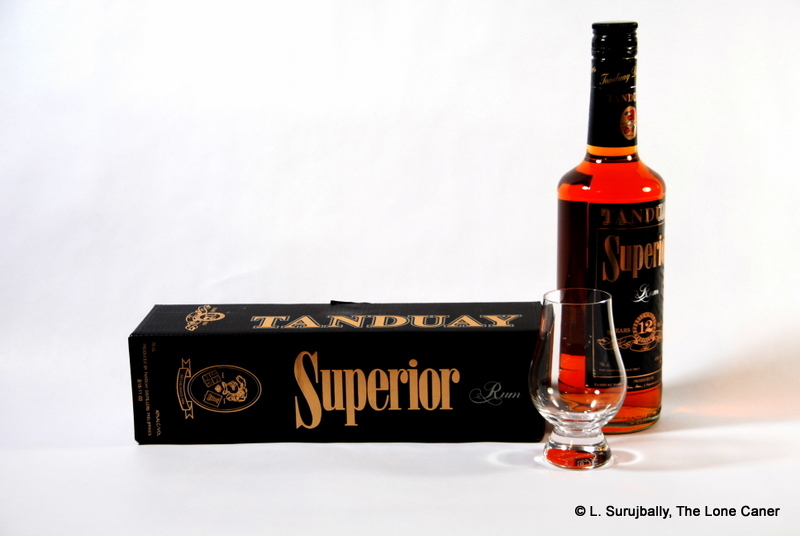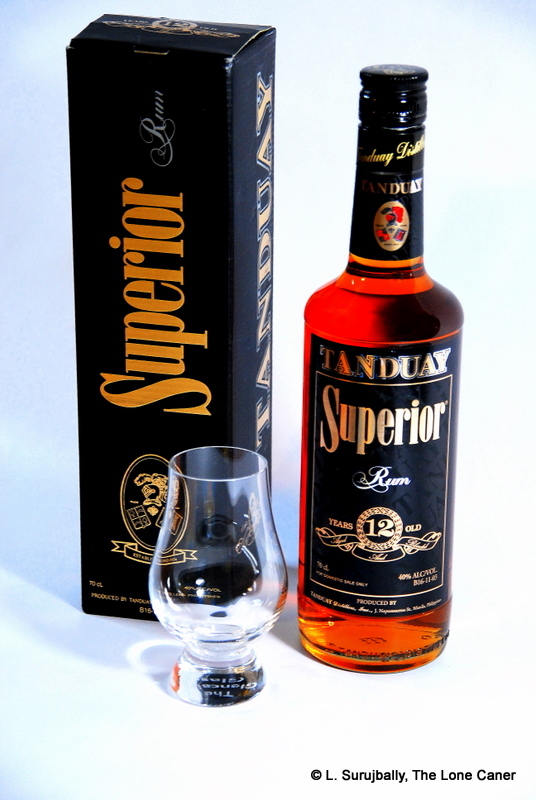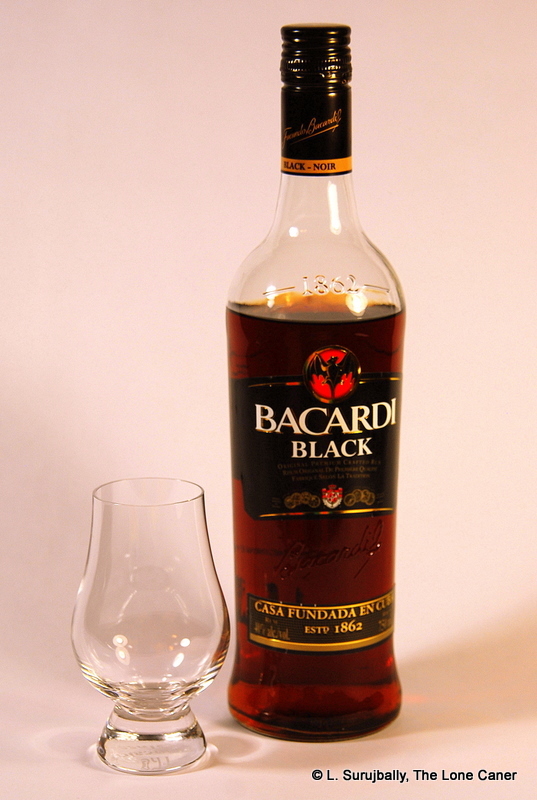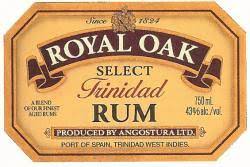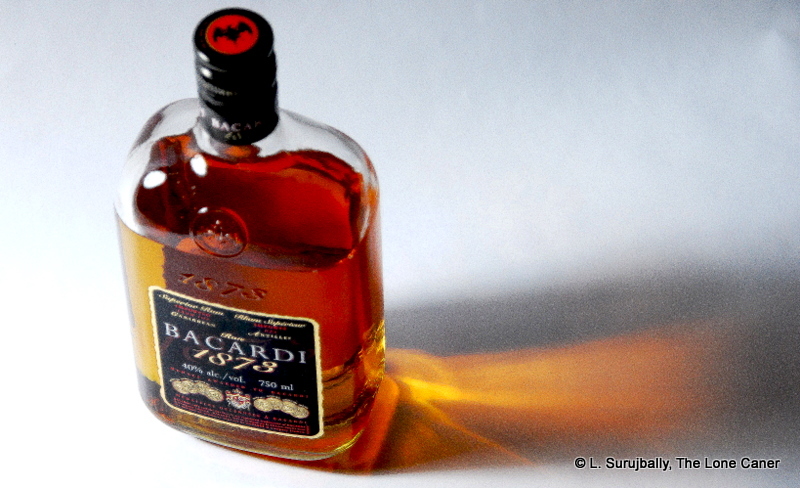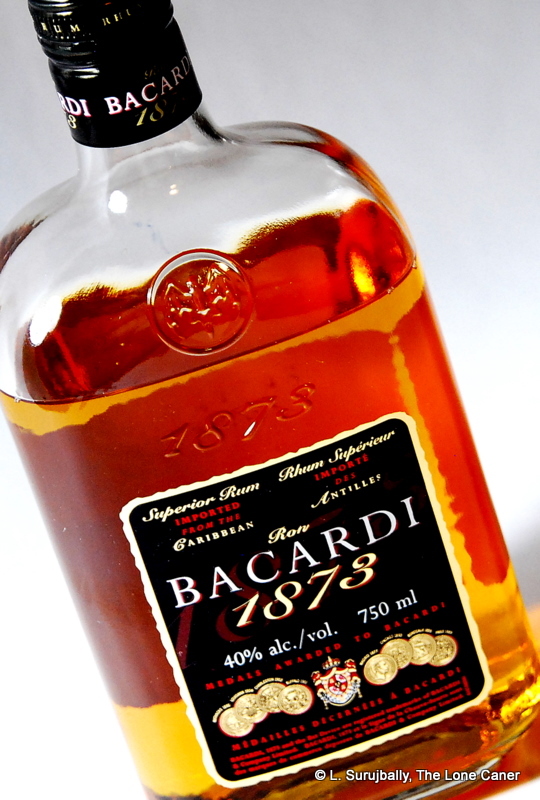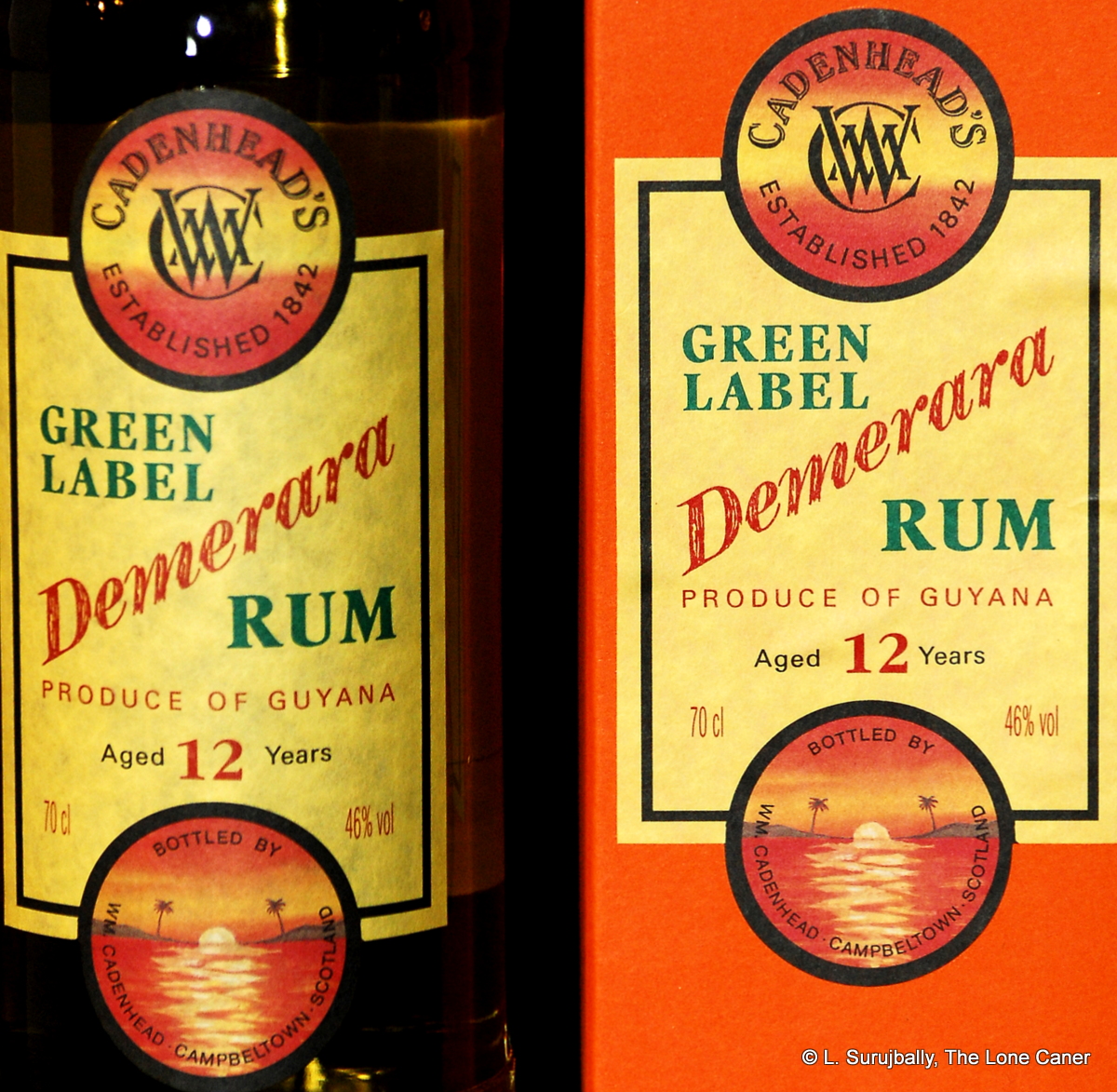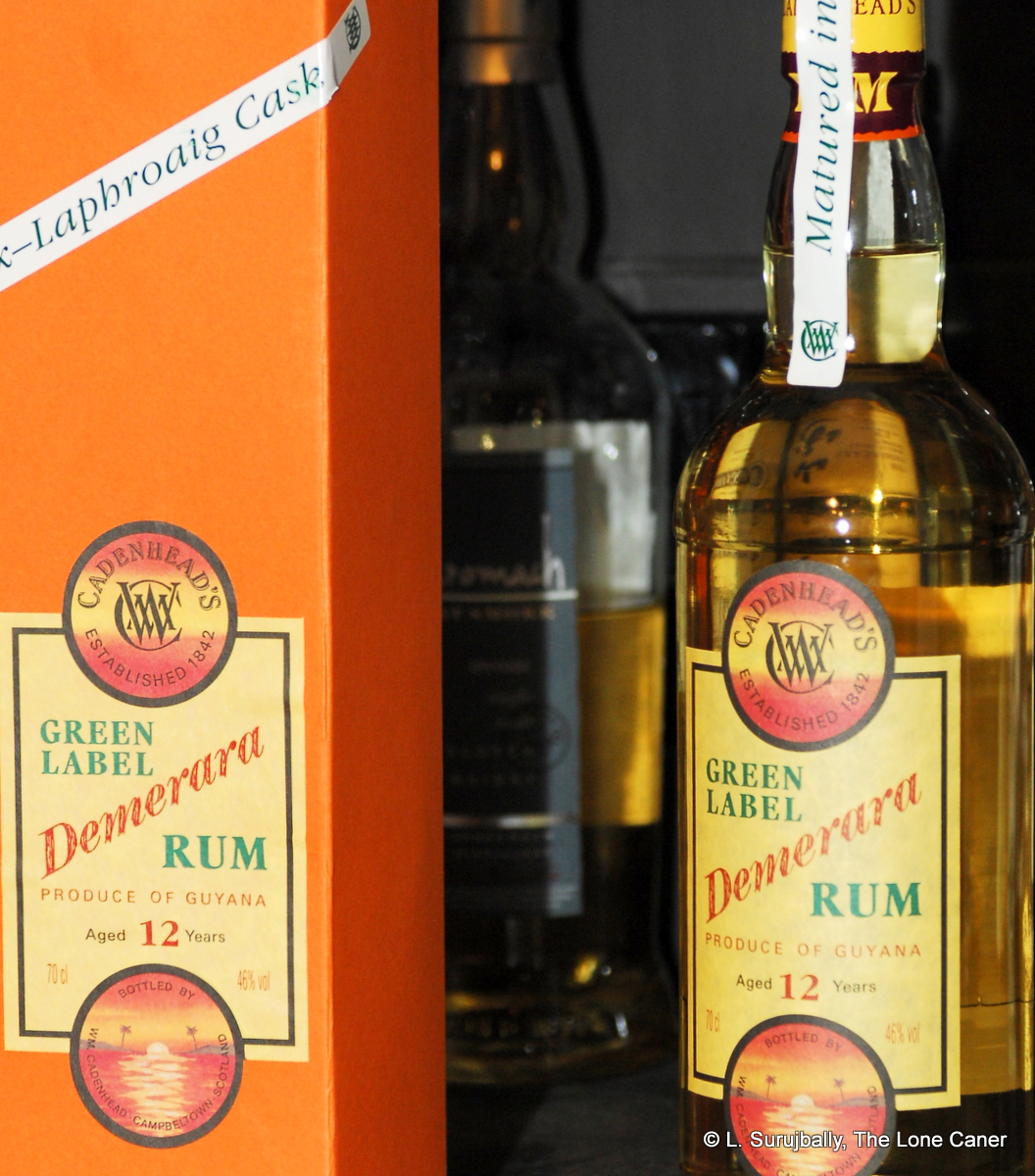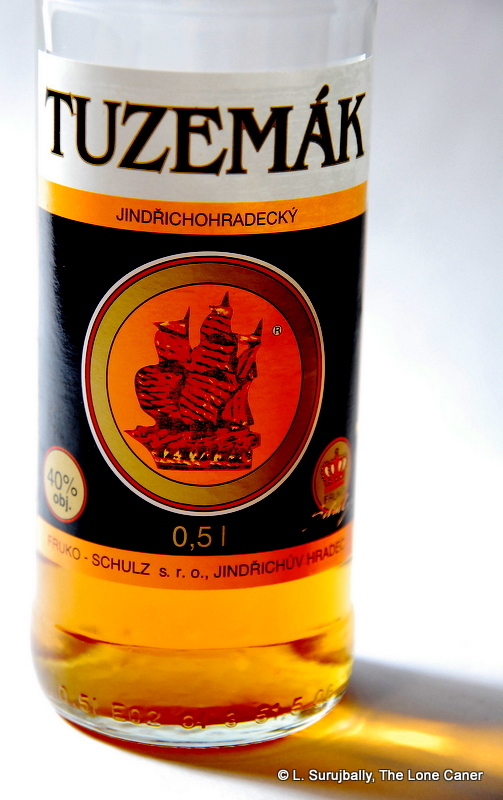 First posted 9th February, 2011 on Liquorature
First posted 9th February, 2011 on Liquorature
This is a weaker than usual, unloved product of a distillery that has better products up the food chain, but apparently refused to pay the same attention to this one. It passes muster as a rum, but barely, and if you have choices and like stronger wares, this one won’t get you to part with your cash. If you want something stronger than a port or liqueur, but weaker than a real spirit, well, I guess this is for you.
Right out of the bottle you get a sense of the relative weakness of this rum. Perhaps it’s a measure of the forty percenters or even fifty percenters I’ve been sipping lately, but let’s face facts and concede that it’s also a relatively weak rum at a 37.5%, one which would make any maker of a 151 snicker a little. And that also makes the Ron Barceló weigh in dangerously close to being a liqueur, which this site is not in the business (yet) to review.
Ron Barceló, made in the Dominican Republic (not in Dominica – the two are separate nations), is a product of Barceló Export Import, which has been in business since 1930, has always been a rum producer, and remains to this day a privately held company run by men who bear the name still. Julian Barceló, the founder, hailed from Spain – the name is actually Catalan – and arrived in the DR in 1929. His company soon became a very large and profitable enterprise, expanding his line of products to differing rums starting in 1935. By the 1980s the company became one of the biggest in the country, and expanded its market base by aggressively promoting exports – Spain was and continues to be a prime export market for the rums, of which the anejo reviewed here seems to be somewhat of a mid tier product. Maybe it’s a sherry thing. Note that this is one of the “Three B’s” – Bermudez, Brugal and Barceló – of the DR, and the youngest.
A golden coloured rum, Barceló poured into the glass and displayed the swiftly moving anorexic legs of a middle distance sprinter, judging from the haste with which the scooted back down into the body. The nose was quietly unimpressive: it had a bit of sting and spice to back up the scents of caramel, burnt sugar, bananas and perhaps a bit of coffee, but beyond that, there was very little, even after I went back to it a few minutes later, and again for a second and third nosing. I really didn’t know what to make of it: against the lack of depth and power imparted by a lower alcohol content is a slightly smoother, less astringent nose imparted by that very same lack. Bit of a schizo product, really.
The downward spiral continued on the palate: thin, a little harsh (if I was unkind I’d say bitchy, but that would be implying a strength the rum does not possess). The flavours are unassertive, though one must concede that you do get unambiguous notes of caramel, molasses and brown sugar, and perhaps a shade of citrus. But none really “tek front” and either elbowed the others aside, or asserted a pleasing marriage of the lot. You got these, and…nothing. You could almost say it was boring. And the finish? Well, uninspiring – smooth and short, with no sting worthy of the name (let alone a burn) and some kind apologetic whiff of weak spirit at the back of the throat, a tired reminder that Barcelo had some alcohol content after all. Undistinguished and unremarkable, to me. The whole product smacks of some kind of “good enough” philosophy in its provenance that I find vaguely affronting.
In sum, I’m completely unimpressed. With respect to other distillers’ products from the same half of the island, I didn’t care for the Bermudez Ron Añejo Anniversario, to which I gave an indifferent opinion, but that one, at 40%, was marginally better than this anemic offering. The Brugal on the other hand blew both of the other “Three B’s” away on better body, better taste and a phenomenal finish. Mind you, as I noted in the former review, people who like cognacs and whiskies and drier libations might find lots to favour about the Barceló – I merely suspect that it’s lower proof will alienate those same people. Who wants an underproof when there’s so much standard 40% or higher out there for the same cost, with a bolder, more assertive profile? I mean, the only reason I don’t classify this as a liqueur right away is because it is not sweet or heavy enough. But it’s close. No wonder the maker’s website gives so little information on the Barcelo: there’s precious little information to give.
So there we have it. The indifference of manufacture, coupled with an underproofing of the Barcelo, undoes what could be termed passable work by the blenders — and therefore I must conclude that it appears that it is a throwaway product, something without much care and love lavished upon it. It’s an also-ran for older, more aged, better blended efforts from the same company. It tries to walk with the big dogs, but for my money, alas, it just ends up peeing like a puppy.
Other notes
- In September 2022 a comment (below) pointed out that Barcelo makes rums only from cane juice, which an immediate check on the website of the company also confirms. I have therefore changed some of the factual elements of this review appropriately (although score and tasting notes stay as they were). No idea how that slipped past my original vetting process…however, it’s possible that they used both molasses and cane juice, since Latin countries / ex-Spanish colonies did not have a history or tradition of using cane juice.
- Note that in 2009 a new Barcelo division, Alcoholes Finos Dominicanos, was established with funds from the EU Rum Sector Programme (the same one that funded Clarendon’s new column still / fermenters and Foursuare’s bottling plant), and built a new industrial distillery the following year, which is processing 100% cane juice. This is now the distillery Barcelo is using to make its rums. It seems reasonable to suppose that this Anejo I tasted in 2011 is from older stocks that were made from molasses. The taste supports that assumption. (See also this 2020 Barcelo company profile on YouTube).

